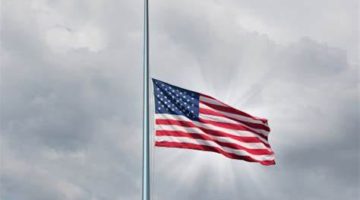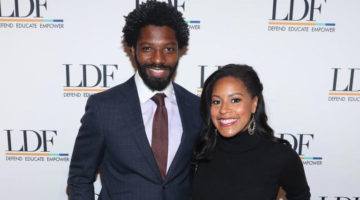 I traveled to Swakopmund, Namibia, in 1995 to attend a meeting on planning marine research in the area off the southwest coast of Africa (South Africa, Namibia and Angola) dominated oceanographically by the Benguela Current. The international community was there in force from the United Nations, Germany and Norway.
I traveled to Swakopmund, Namibia, in 1995 to attend a meeting on planning marine research in the area off the southwest coast of Africa (South Africa, Namibia and Angola) dominated oceanographically by the Benguela Current. The international community was there in force from the United Nations, Germany and Norway.
At that time, Angola was embroiled in a civil war and South African troops had earlier invaded the country. Namibia had recently become independent from South Africa which had run its apartheid system there as well. South Africa still controlled Namibia’s main fishing port and one had to cross an international border to get there.
All the scientists attending from South Africa who had done most of the work in the Benguela area were white. The Namibian delegation consisted of outside experts who had been hired by the new government. They had brought one black Namibian graduate student home from the U.S. to participate. The Angolan delegation, which arrived late due to difficult flight schedules, consisted of the laboratory director, another Angolan and a Russian.
I presented my paper and arguments for the three countries to come together and add to their planned efforts a large marine ecosystem (LME) project which could receive international funding to address that marine region as
a whole in an integrated ecosystem approach in-cluding socio-economic and governance aspects.
I arrived wearing my Nelson Mandela t-shirt, not then available there, which created fears for my safety in the white area of town where we were meeting.
Fast forward to 2011 when, after a good number of years of countries working together under United Nations oversight on the Benguela Current LME project, they have formed the Benguela Current Commission as the formal body to address the marine and coastal ecosystem with its trans-country boundary issues. The former enemies distrustful of each other have come together for the common good.
But what a different group of people gathered to inaugurate this commission than were present back in 1995! The one black graduate student there in 1995 was back now as Dr. Moses Maurihungirire, responsible for overseeing the science aspects of the commission, bringing with him a Ph.D. from the University of Maryland Eastern Shore, a historically black university.
The initial director of the project was an outside expert who successfully set the stage for 2011. But the executive secretary of the Commission is Dr. Hashali Hamukuaya, a Namibian with a B.S. degree from Dillard University. The laboratory director from Angola: Victoria de Barros Neto, one of my heroes, who kept her lab together throughout the war — even when conflict reached the capitol — with finances so low that scientists had to have additional jobs to survive. Now she is secretary of state for fisheries and has the resources to build the laboratory.
South Africa’s delegation was headed at the technical level by Dr. Monde Mayekiso, deputy director-general for the Marine Environment, who is also a University of Maryland Eastern Shore graduate.
The commission, funded by and responsible to the ministers of the environment and fisheries of the participating countries, is a major step in Africa taking charge of its destiny, and creates optimism for the eventual success of Pan Africanism.
Brad Brown is first vice president of the Miami-Dade NAACP. He is also a contractor with the National Oceanic and Atmospheric Administration working on African coastal and marine projects. He may be reached at jabaribrad@aol.com
Photo: Brad Brown












No Comment